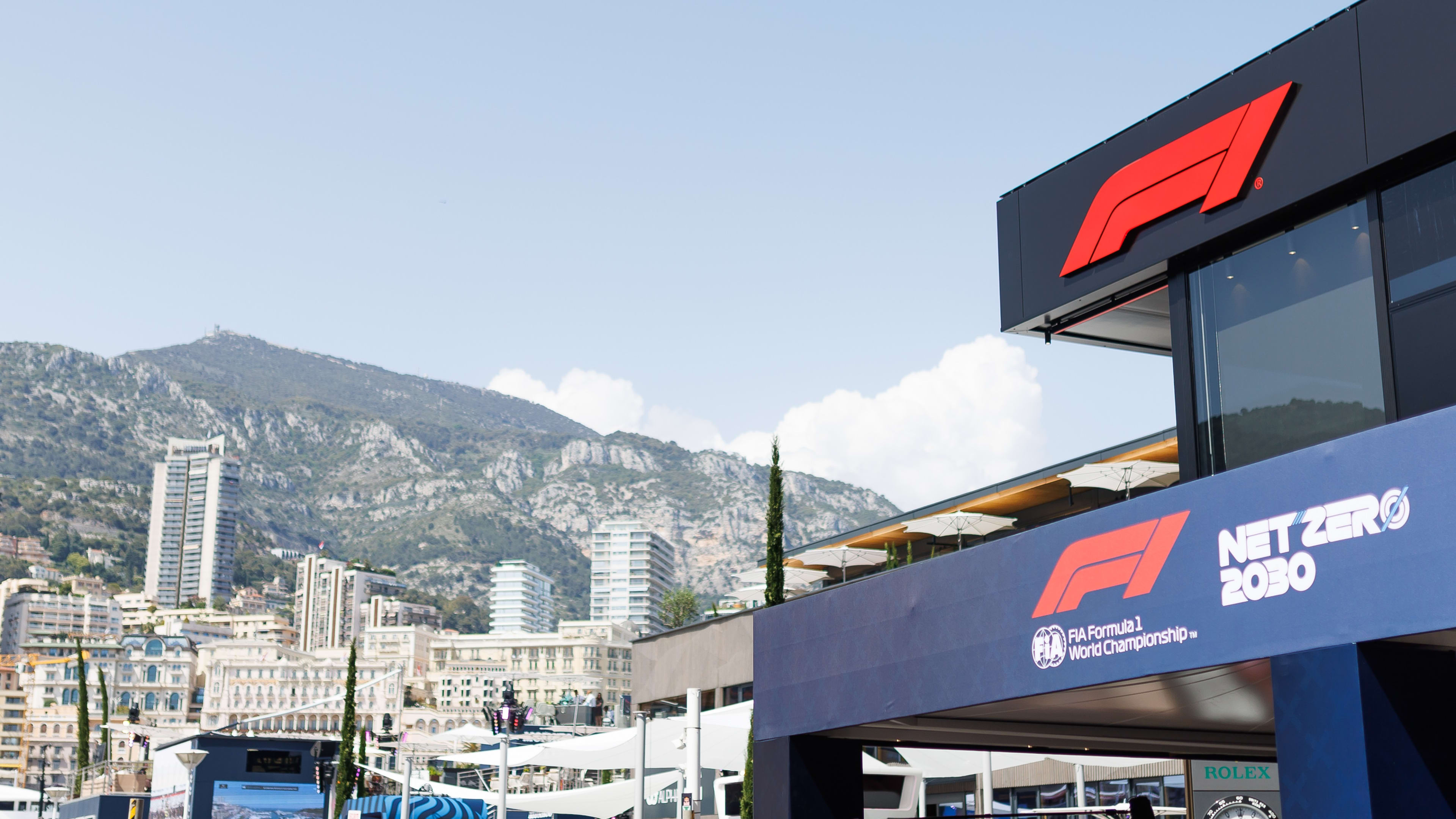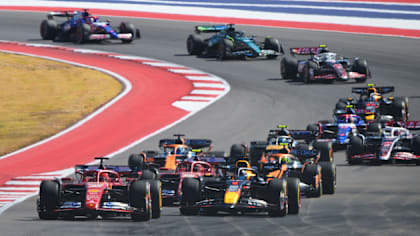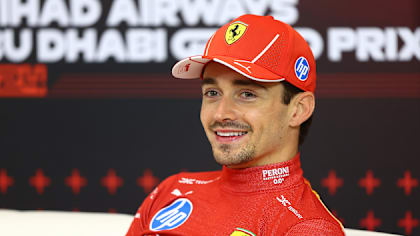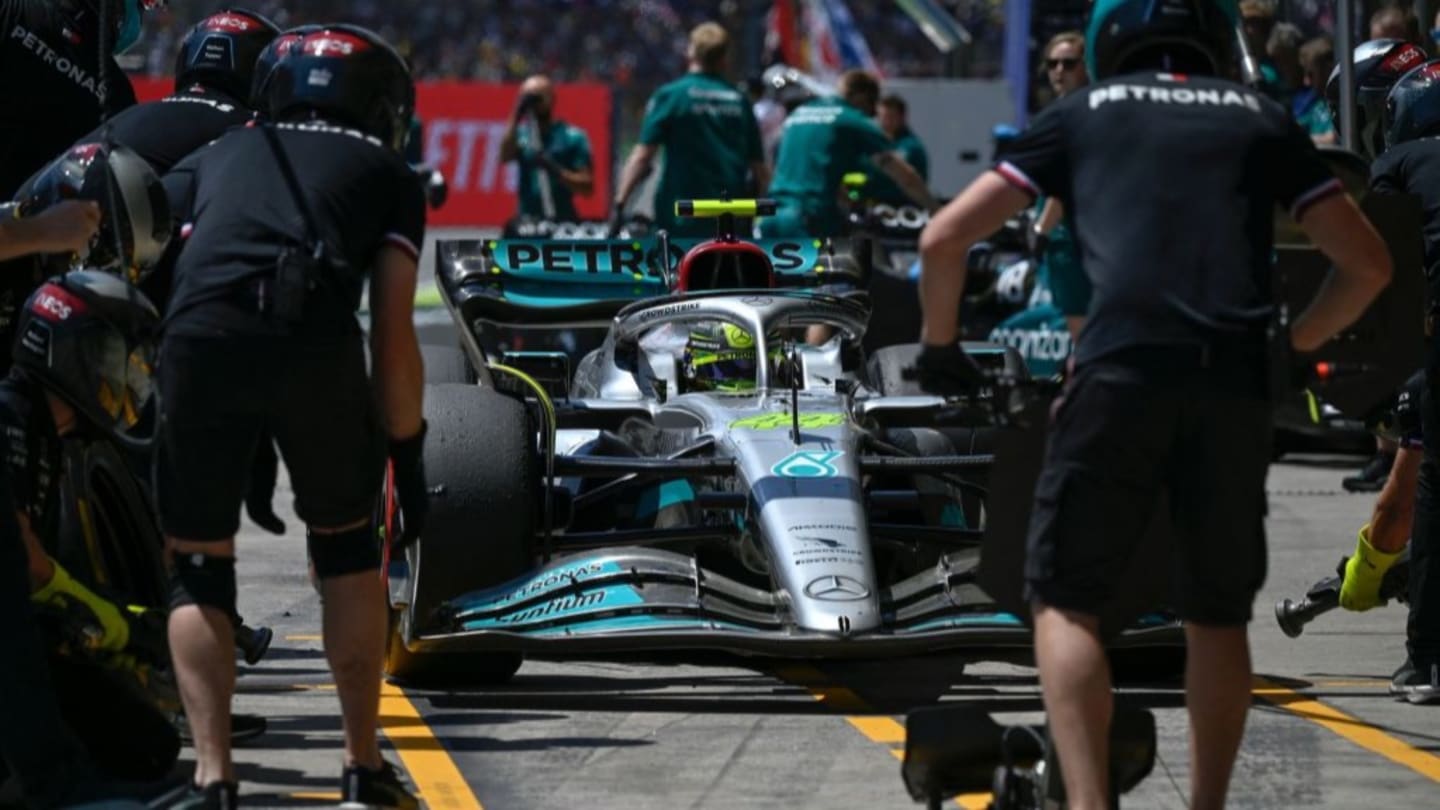
Feature
STRATEGY GUIDE: What are the possible race strategies for the 2022 Sao Paulo Grand Prix?

Share

After a thrilling Sprint on Saturday there’s an all-Mercedes front row and the prospect of some more exciting racing on Sunday, on a track that always seems to deliver drama. So here are some of the different strategic options that are available to the teams in Sao Paulo.
What’s the quickest strategy?
We’ve got what is perhaps the perfect Pirelli scenario at Interlagos where all three tyre compounds are strong options to be used during the race, opening up a variety of strategies to the teams.
READ MORE: Russell beats Verstappen in Sprint thriller to secure P1 grid slot for the Sao Paulo GP
Based on what the Sprint showed, a two-stop strategy is the quickest on paper, with the majority of teams likely to favour the soft tyre for the opening stint once again. That’s because it provides good performance immediately but can also last for a long time, as almost the entire field – except Max Verstappen and Nicholas Latifi (and Fernando Alonso who needed a pit stop due to damage) – completed the 24-lap Sprint on a set of softs.
A first stint of between 18 and 25 laps would then be followed by a switch to mediums, opening up two different options.
Assuming the medium tyre works well (and the weather could impact that – more on that later) then two stints on the mediums with a wide pit window for the second stop is likely to be preferred. The second stop could come as early as Lap 40/41 in this scenario and still be relatively comfortable in terms of wear.
READ MORE: Who gained and lost the most positions in the Sao Paulo Sprint?
However, if the medium is a little less competitive – as Verstappen’s struggles on Saturday potentially hinted at – then a return to the soft for the final stint is a similarly strong option given the performance shown in the Sprint. That would need drivers to reach Lap 45 as a minimum, but the first two stints will provide them with the data from each compound to be able to make such a choice.
The only three drivers who don’t have the latter option available to them are Sergio Perez, Sebastian Vettel and Lance Stroll, who all only have one set of softs for the race. Verstappen, Daniel Ricciardo, Yuki Tsunoda and Latifi all have two new sets of softs for such a strategy, compared to a maximum of one new or all used for the rest.
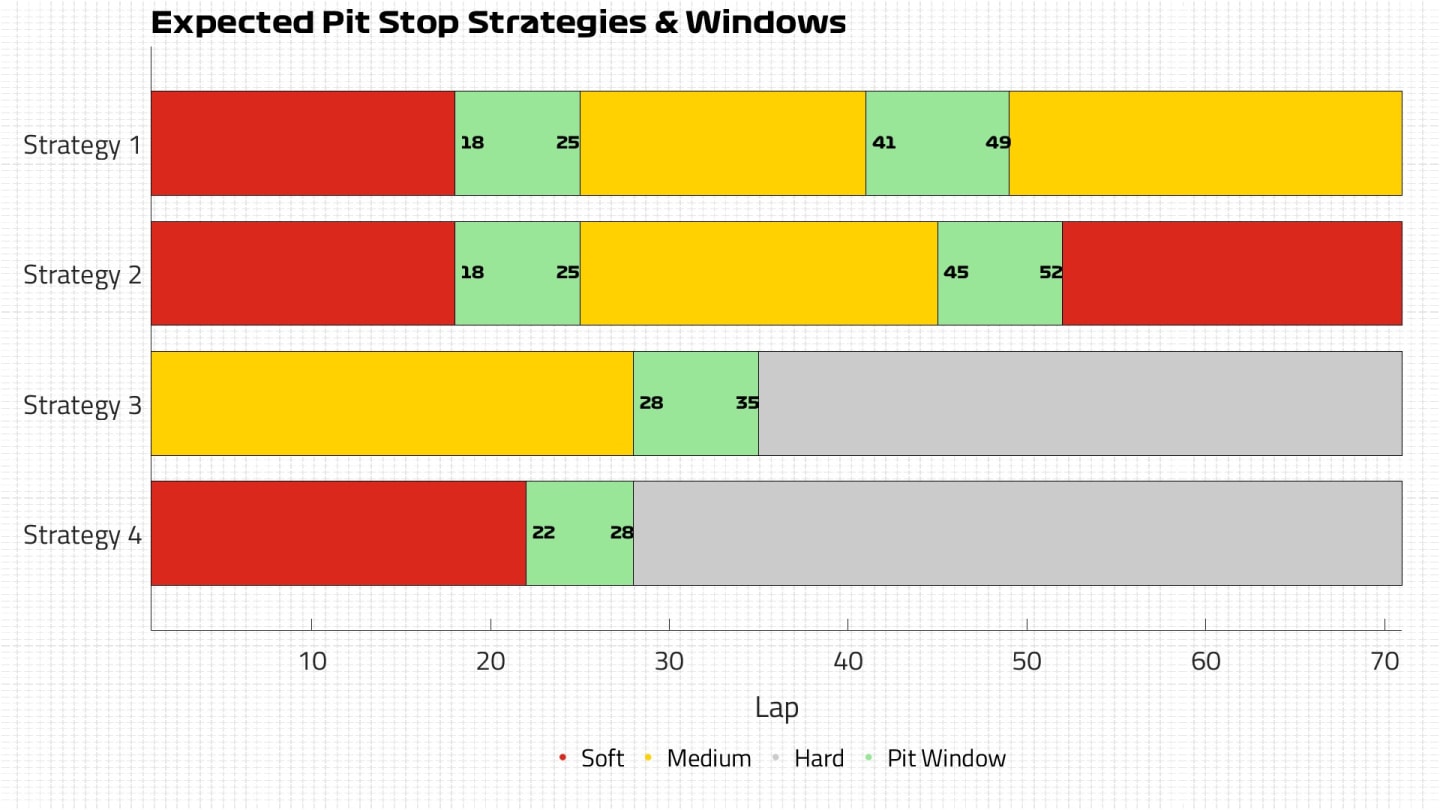
How about a different option for the top 10?
Pirelli expects the medium to be a consistent race tyre and believes Verstappen’s issues were due to handling problems before he damaged his front wing, combining to cloud how good it could be. But with that seed of doubt in the minds of strategists, starting on the soft could win out.
And that even translates to a different option that would see drivers aiming for a one-stop race. The soft has shown it is capable of completing more than 24 laps at a good pace – albeit on lower fuel than the start of the Grand Prix will be – and trying to extend that first stint as close to Lap 28 as possible would then open up the potential to fit the hard tyre and go to the end.
The hard is estimated to be around 0.7s per lap slower than the medium at Interlagos but in race trim when there is management involved that gap tends to drop by around 50%, ensuring it does not suffer from too much of a pace deficit but provides greater tyre life.
For those not overly influenced by how Verstappen performed, then a similar one-stop option is available that would see the first stint on the medium compound. While this might mean a tricky opening few laps against the soft-tyre runners, it does provide a wider pit window of anything from Lap 22 to 35 to make a stop for hards.
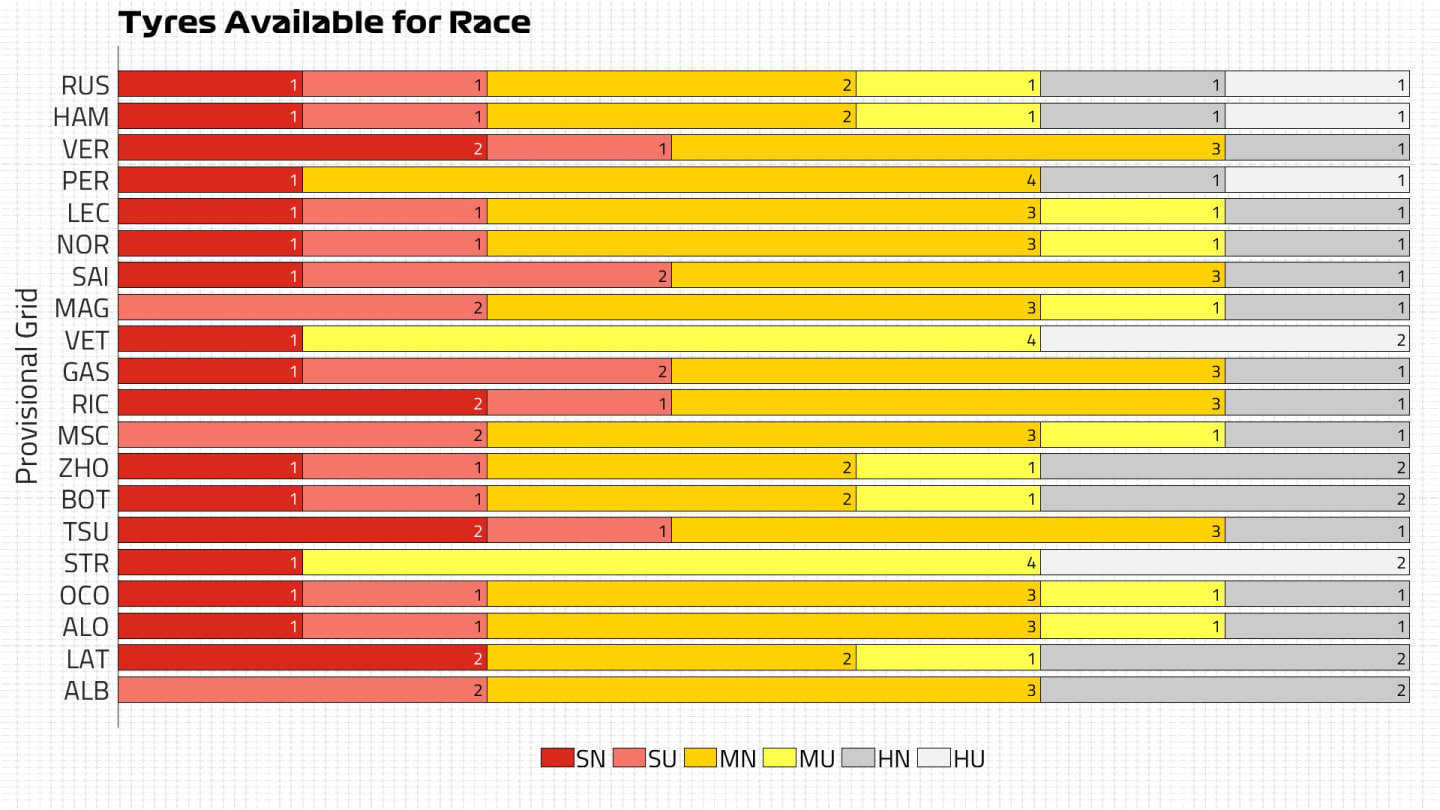
What are the options for the bottom half of the field?
There are a number of out of position cars after a dramatic Sprint race including the two Alpine drivers Esteban Ocon and Alonso. The pair came together on two occasions, suffering damage to both cars that required Alonso to make a pit stop. He was quick when he emerged, though, showing Alpine has the pace to recover.
Overtaking is possible at Interlagos and the Alpine is a quick car in a straight line, so they may well favour one of the more traditional strategies above and back their drivers to make progress through the field on raw pace. However, with the hard likely being within 0.4s of the medium in terms of lap time delta in race trim, a reverse one-stop strategy could also be considered.
READ MORE: Alonso handed 5-second penalty for clash with team mate Ocon in Sao Paulo Sprint
The key to that working would be a clean start to the race, with no Safety Car to provide other drivers with an opportunity to make a pit stop and lose less time in the first third. After that, track position could be gained through running long and the hard is likely to hold up long enough to allow a switch to softs around Lap 45 before an attacking final stint.
Starting on the hard and running the medium is also possible if an earlier stop to get rid of the hards is required.
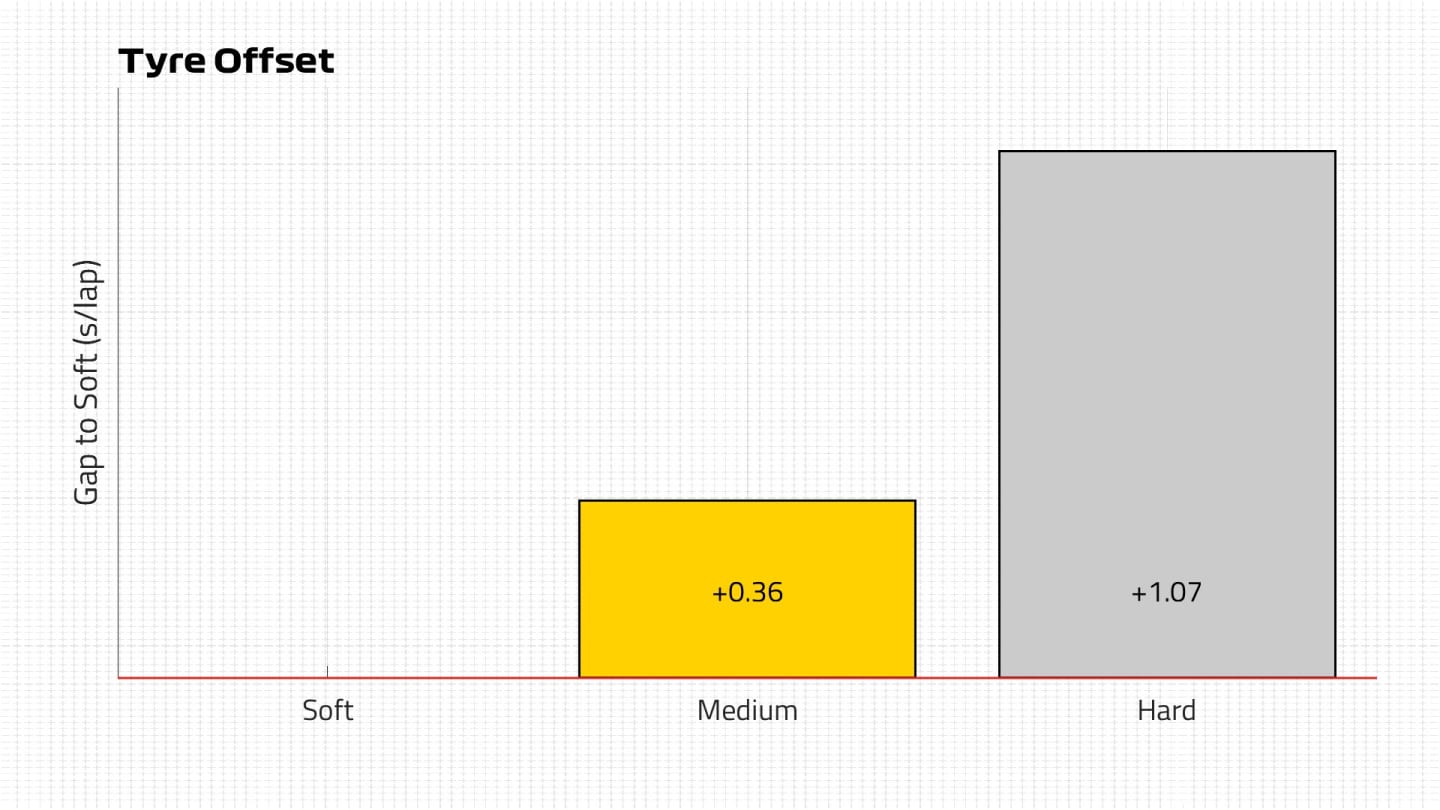
Wait, but what’s the weather doing?
This is rarely a short section of this feature when it comes to Interlagos, and this weekend’s race is no different. Friday saw extremely tricky conditions as a warm FP1 gave way to drizzle and rain during qualifying, resulting in the track going from wet enough for intermediates, dry enough for slicks, and then wet enough for inters again.
A chance of rain at a similar time on Saturday reduced overnight and in the end the Sprint took place in warm and sunny conditions, but at 16:30 local time that saw temperatures a little lower than we are likely to get for the race.
While the Grand Prix itself could well see showers such as those that impacted qualifying, the risk of rain has been decreasing and at 20% it is more likely to be a race run in bright sunshine and temperatures closer to 30C. That’s much higher than seen on Saturday and the sun is significant because that also increases track temperatures, which can have an impact on tyre performance.
The medium is expected to be a more favourable tyre than the soft if the forecast for a hotter race proves true, as the soft is expected to suffer from higher levels of degradation more on heavy fuel in the opening part of the race.
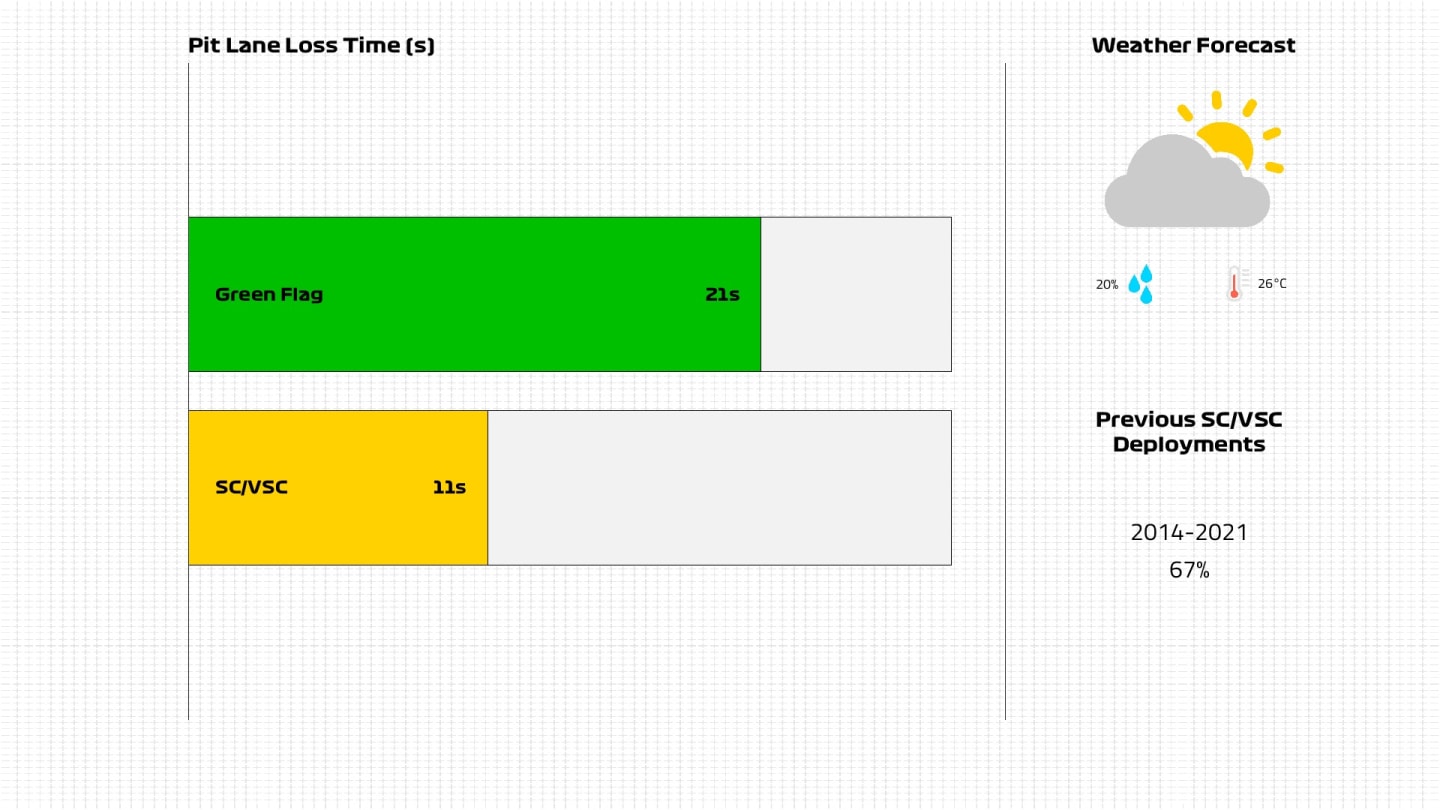
YOU MIGHT ALSO LIKE
Feature The beginner’s guide to the F1 weekend
Feature THE PALMERS: Jolyon Palmer picks his stand-out performers, best race and biggest surprise from the 2024 season
TechnicalF1 Unlocked TECH WEEKLY: How Red Bull's two-year dominance came to a sudden end in 2024
News Leclerc singles out 'highlight of the season' for Ferrari as he hails 'good job'
